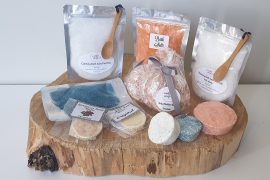As early as two years old, children can rapidly develop their skills and abilities based on what they’re eating. A recent study found that parents with children as young as two years old with autism saw significant improvement in certain behaviours after being put on a ketogenic diet with MCT oil supplements.
MCT oil has many benefits for people of all ages, and it’s safe to feed in small doses to children as young as two who may find that it could help with development.
Three to six years
Around the age of three, your child may have become vocal about what foods they don’t like. This requires a slight change in diet again. They should still be eating from all the important food groups, but possibly from different food sources.
Kids between the ages of three to six years also need an increased number of calories. Caloric intake should be between 1,000-1,4000 calories, depending on how active the child is.
This can be where parents are tempted to buy high-calorie food options like boxed lunches and pastas, but do your best to provide healthy calories from nutritional foods like sweet potatoes and peas.
Six to twelve years
As your child enters the elementary and middle school years, keep their diet balanced. They’ll have changing opinions on what their favourite food is and when they want to eat, but maintain your focus on their optimal nutrition.
Children up to twelve go through a lot of growth, but after twelve, the teenage years are filled with growth spurts. You can continue to help your child’s diet adapt as they grow by being aware of their protein intake. Protein will balance their metabolism and help them grow into a happy, healthy, older version of themselves.
Protein, iron and even the fats that kids consume are all part of helping your child have the healthy diet they need. Consult your child’s paediatrician with any specific questions regarding how your child’s health relates to the food they eat.
Emily is the editor of Conservation Folks and a sustainability and conservation blogger. Follow her on Twitter to see the latest updates.










